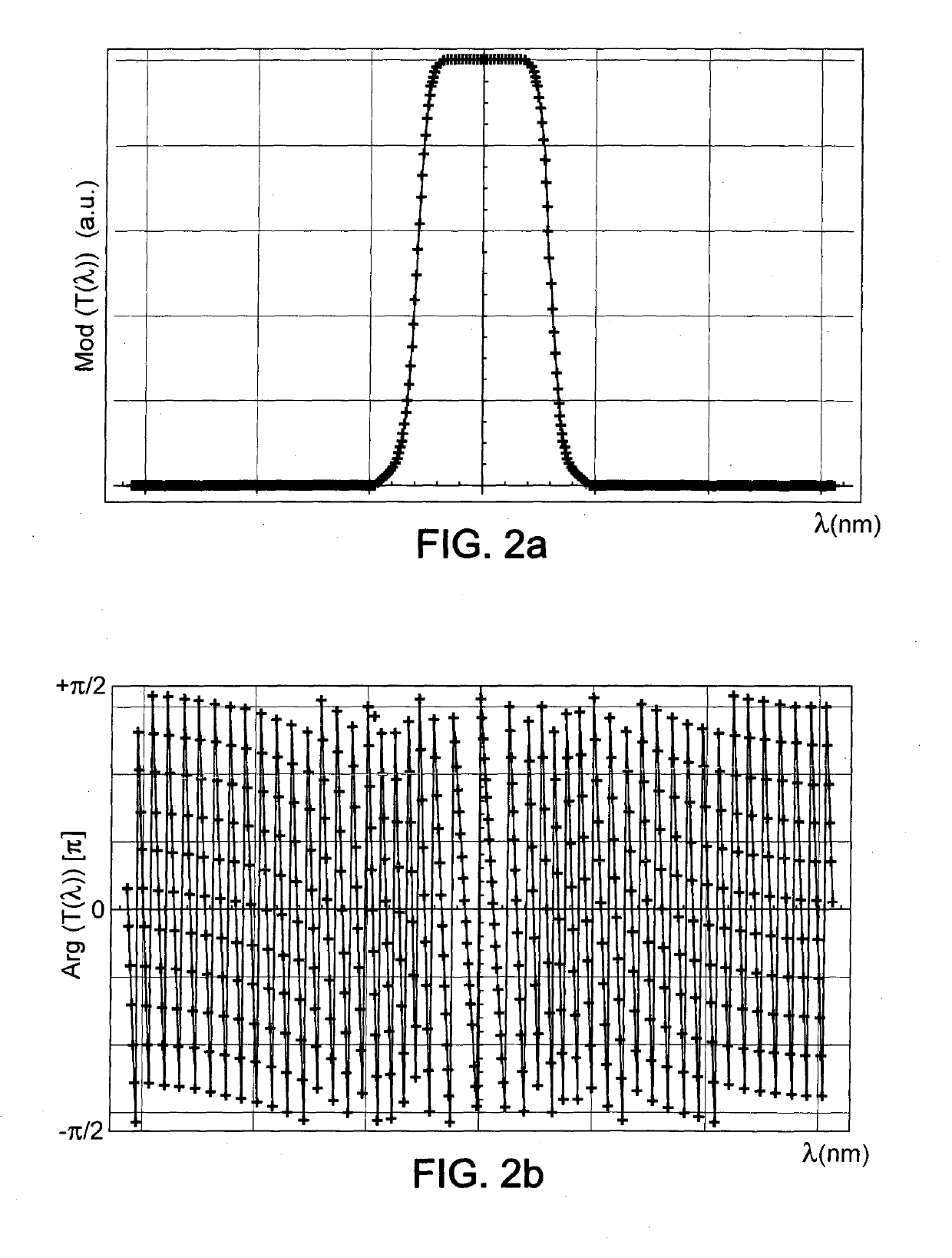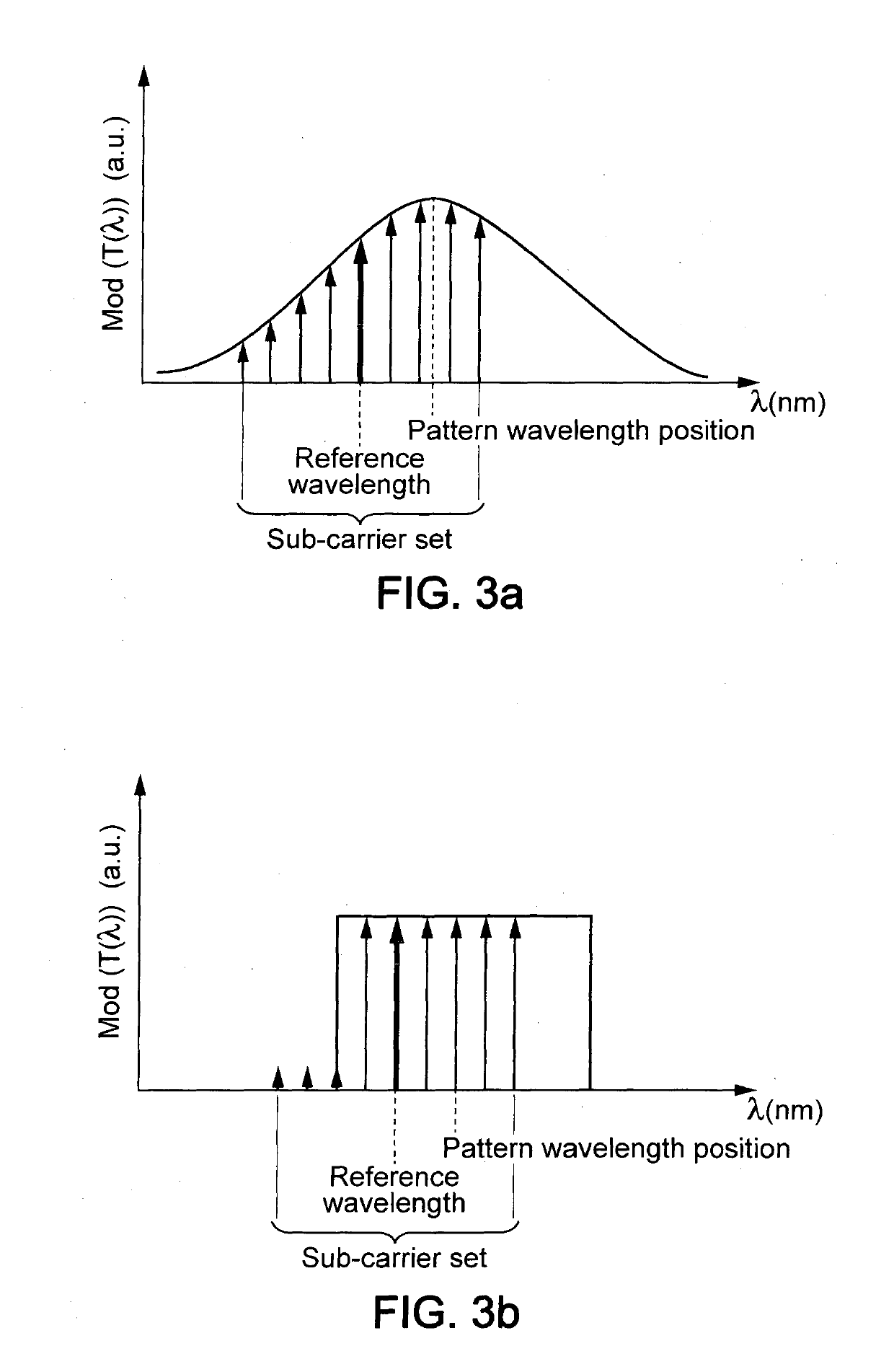Process for detecting detuning at wavelength splitter in optical fibre transmission network and optical fibre transmission network
a wavelength splitter and optical fibre technology, applied in multiplex communication, instruments, optical elements, etc., can solve the problems of reducing the transmission quality of the optical fibre transmission network, the inability to support signals, and the mismatch between filtering features, so as to avoid the significant impairment of data transmission capacity
- Summary
- Abstract
- Description
- Claims
- Application Information
AI Technical Summary
Benefits of technology
Problems solved by technology
Method used
Image
Examples
Embodiment Construction
[0043]FIG. 1 shows an optical fibre transmission network 100 in which the present invention can be applied. This network may meet the provisions of the ITU-T G.989 series and IEEE802.3av specifications. For clarity sake, connections from only one optical line termination to several optical network units are shown. The optical line termination 1 may be a central office for example. The optical network units 10a-10e may be residential (10a) or office (10b) facilities, for example with Fiber-To-The-Home connection type, small cell stations (10c), connected through a power splitter 10f, and 5G mobile base stations, either with fronthauling (10d) or backhauling (10e) architecture. Each optical network unit 10a-10e is connected to the optical line termination 1 through optical fibres 2 and wavelength splitters 3.
[0044]The optical line termination 1 may contain several monochromatic light sources, most often of tunable laser type, with respective wavelength values which are different from ...
PUM
 Login to View More
Login to View More Abstract
Description
Claims
Application Information
 Login to View More
Login to View More - R&D
- Intellectual Property
- Life Sciences
- Materials
- Tech Scout
- Unparalleled Data Quality
- Higher Quality Content
- 60% Fewer Hallucinations
Browse by: Latest US Patents, China's latest patents, Technical Efficacy Thesaurus, Application Domain, Technology Topic, Popular Technical Reports.
© 2025 PatSnap. All rights reserved.Legal|Privacy policy|Modern Slavery Act Transparency Statement|Sitemap|About US| Contact US: help@patsnap.com



